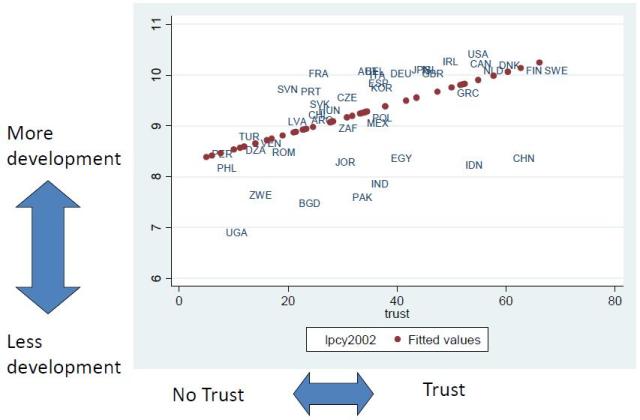The Aid Contest of the Celebrity Exes
A high-profile charitable foundation set up to build a school for impoverished girls in Malawi, founded by the singer Madonna …has collapsed after spending $3.8 million on a project that never came to fruition…. the plans to build a $15 million school for about 400 girls in the poor southeastern African country of 15 million — which had drawn financial support from Hollywood and society circles…— have been officially abandoned. - Madonna’s Charity Fails in Bid to Finance School, New York Times, March 24, 2011
Over a year later, [Sean] Penn is still in Haiti and his initial ragtag group of medics and fixers has grown into a team of 15 international workers, 235 Haitians and hundreds of rotating medical volunteers. In addition to coordinating sanitation, lighting, water and security for the Pétionville camp, J/P HRO runs two primary care facilities, a women’s health center, a cholera isolation unit and a 24-hour emergency room. It has pioneered a rubble removal program that has become a model for other N.G.O.’s, and it has developed one of the most effective emergency response systems in the country, using state-of-the-art bio-surveillance techniques and helicopters to reach cholera-stricken communities in remote areas.
- The Accidental Activist, New York Times Style Magazine, March 25, 2011
Why is Sean Penn doing so much better than his ex-wife? Can comparing their stories provide any lessons for aspiring celebrity humanitarians?
Round 1: The initial premise. Spending $15 million on a school for 400 girls in a country where the government education budget is only 10 times that is just a bad idea. And Madonna was slow to heed the advice of the philanthropy consulting group she hired, which, according to the Times
told her that building an expensive school in Malawi was an ineffective form of philanthropy, and suggested instead using resources to finance education programs though existing and proven nongovernmental organizations.
Sean Penn also arrived clueless, speaking neither French nor Creole nor NGOese. However, according to the NYT (Vanity Fair and CNN profiles tell a similar story), Penn at least came without preconceived notions of what to do.
Winner: Sean Penn, by a hair
Round 2: Level of cluelessness about operations of own charity. While Madonna visited Malawi for some photo ops, she wasn’t involved in the day-to-day operation of the project. From the Times: “She and her aides offered no explanation of why, given her high interest in the project, she had not noticed the problems as they began unfolding.” In contrast, Sean Penn appears totally hands-on, living in Haiti and learning by doing:
“For the first six months, I …was basically pretending I knew what the hell I was doing — yelling a lot and getting things done with blackmail. Now I’ve got a lot of really experienced, great people around me, and they can do the same things, cutting through stuff just as fast, but in slightly more, uh, legitimate ways.”
Winner: Sean Penn (minus points for strong-arming...but bonus for adaptability??)
Round 3: Wasteful spending. A Raising Malawi project audit revealed “outlandish expenditures on salaries, cars, office space and a golf course membership, free housing and a car and driver for the school’s director.” None of those perks for Sean Penn and his staff, who spent 2010 sleeping in tents (like most NGO workers in Haiti, but never mind) and “prides himself on running a lean operation.”
Winner: Sean Penn
So Sean Penn emerges as the clear victor here. But if what Madonna’s charity did wrong was obvious, what Penn has done right is still unproven. It’s admittedly a stretch to derive any serious aid lessons from a 3,000-word New York Times Magazine Style profile, and I am not aware of any serious evaluation of Penn’s project. But if it holds up to greater scrutiny, let the aid battle of the celebrity Exes be a lesson – and a warning – to the next generation of celebrity do-gooders.
 From Aid to Equality
From Aid to Equality





















